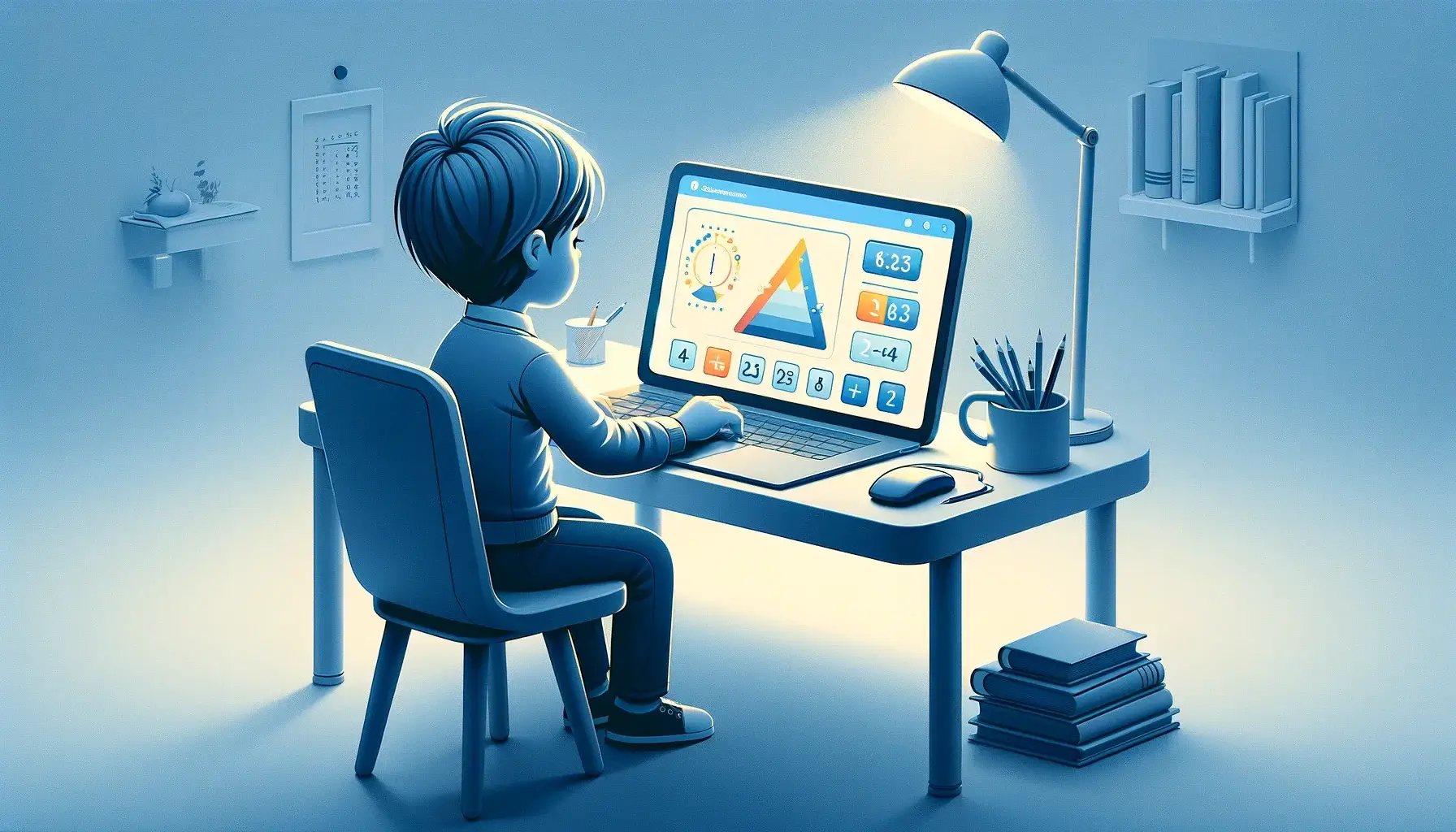After the pandemic, the field of education experienced a significant transformation. A key change we’ve witnessed is the shift of many schools to remote learning. This transition brings its own set of challenges for educators, administrators, and students. However, it also puts a spotlight on the critical role of technology in making distance learning effective.
The use of virtual classrooms, online assessments, and advanced tools like artificial intelligence has become increasingly prominent. These technological advancements are not just add-ons; they are becoming essential in shaping the future of how students learn remotely.
So, the question arises: how pivotal is this technology-driven approach to teaching in our new normal? In this article, we explore the remote learning space, examining its pros and cons, how technology boosts communication, engagement, and productivity, and offer practical tips for teachers to maximize the benefits of technology-enhanced learning.
An Overview of Remote Learning

Remote learning is pretty much the new way of doing school these days, thanks to technology. It’s super convenient and flexible, right? You can be sitting in your room or at a café and still dive into a world of educational resources, all thanks to digital tools.
And it’s not just about watching pre-recorded lectures. With video conferencing software and virtual platforms, and yes, even cool stuff like RDS licensing allowing remote desktop sessions, students can actually interact in real-time with teachers and classmates. It’s like bringing the classroom to your screen, making learning from a distance more engaging and collaborative.
But let’s be real; it’s not all smooth sailing. Studying from home or away from a traditional classroom means you’ve got to have a good dose of discipline and structure. And then there’s the ever-present lure of distractions (hello, social media and Netflix!).
Plus, let’s not forget about the need for a steady and reliable internet connection. These are some of the real challenges that come with this digital age of learning.
Pros and Cons of Technology-Enabled Remote Learning
When looking at technology-enabled remote learning, it’s important to weigh both its advantages and challenges. Let’s take a quick look at the pros and cons of this modern educational approach.
Pros of Technology-Enabled Remote Learning
- Flexibility: Students can learn at their own pace and on their own time.
- Accessibility: Educational resources are accessible from anywhere, breaking geographical barriers.
- Diverse Learning Materials: A variety of online tools and resources cater to different learning styles.
- Real-Time Interaction: Tools like video conferencing facilitate live interaction, similar to a physical classroom.
- Cost-Effective: Often, remote learning can be more affordable than traditional schooling.
See also: How Does Technology Help Students Learn Better?
Cons of Technology-Enabled Remote Learning
- Lack of Personal Interaction: Limited face-to-face interaction can affect student engagement and motivation.
- Distractions: Home environments can be filled with more distractions than a traditional classroom.
- Technology Dependence: Overreliance on technology can lead to challenges if there are technical issues.
- Digital Divide: Not all students have equal access to necessary technology and reliable internet.
- Self-Discipline Required: Remote learning requires a high degree of self-motivation and discipline.
This highlights that while technology-enabled remote learning opens new doors in education, it also brings challenges that need to be navigated carefully.
Technology Enhances Communication, Engagement, and Productivity
In remote learning, technology plays a pivotal role in enhancing communication, engagement, and productivity. Here’s how it reshapes the educational experience:
Enhancing Communication:
- Immediate Feedback: Digital platforms allow for quick responses from instructors, facilitating faster learning.
- Diverse Communication Channels: Email, chat, video calls, and forums provide multiple ways for students and teachers to connect.
Boosting Engagement:
- Interactive Tools: Quizzes, polls, and interactive modules keep students actively involved.
- Collaborative Projects: Technology enables group work and collaboration, even from a distance.
Increasing Productivity:
- Organizational Tools: Digital calendars, reminder apps, and project management tools help students manage their workload efficiently.
- Resource Accessibility: A vast array of resources are available online, including libraries, educational apps, and research databases.
By leveraging technology, remote learning can become a more dynamic, interactive, and productive experience for students.
Tips for Teachers to Maximize Technology-Enhanced Learning
Incorporating technology into teaching isn’t just about using digital tools; it’s about maximizing their potential to enhance the learning experience. Here are some tips for teachers to maximize the benefits of technology-enhanced learning:
- Integrate Various Technologies: Use a mix of tools like interactive whiteboards, educational apps, and online quizzes to cater to different learning styles.
- Promote Interactive Learning: Encourage student participation through online discussions, collaborative projects, and interactive assignments.
- Provide Online Resources: Supplement traditional teaching with online materials like instructional videos, podcasts, and e-books.
- Utilize Feedback Tools: Use digital surveys or feedback tools to gauge student understanding and adjust teaching methods accordingly.
- Stay Updated on Tech Trends: Keep abreast of the latest educational technology trends and consider how they can be integrated into your teaching.
By thoughtfully integrating technology, teachers can create a more engaging, inclusive, and effective learning environment.
Conclusion
In conclusion, as we navigate the evolving space of remote learning, understanding its nuances and effectively leveraging technology becomes pivotal.
From weighing its benefits and drawbacks to enhancing educational communication and productivity, and empowering teachers with effective strategies, we see how technology is reshaping the educational experience.
Embracing these insights and tools will undoubtedly pave the way for a more robust and engaging remote learning environment.
Related Articles:
- What Impact Does Technology Have On Student Learning?
- How to Implement Gamification in Educational Software for Enhanced Learning
- Robust Apps & Training Beyond the Classroom: The Power of Blended Learning
- 8 Benefits of LED Video Walls in Modern Classroom and Educational Settings
- How to Easily Introduce New Software or Technology to Your Team
- Boosting Student Learning Through Video Games
